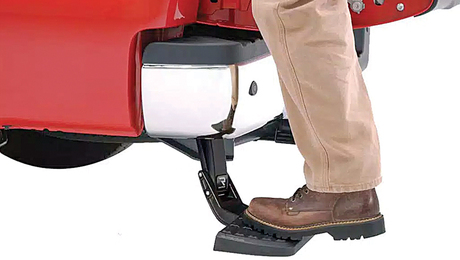I am restoring an old house in New Orleans. The original long leaf pine floor in one room was in terribe condition and to my mind not repairable. I am picking up the floor (1 1/8″ x 4 1/4) and sawing it in half. So far so good. I’m trying to leave them as wide as possible so that the floor will look somewhat original. This is really wishful thinking as truly original floors have 1/8th to 1/4″ gaps and I want to set them back tight. I think that these 100 year old boards have done all the shrinking that they ever will. I will put down a 3/4″ plywood subfloor and install the thinner boards on top. Is it necessary to T & G them? I am reluctant to do this as it will make the boards thinner and so not match the rest of the house. I am considering using biscuits without glue to edge join the boards but dry biscuits are sloppy in their slot. I’m also considering gluing the boards down to the sub floor. Any ideas?
Discussion Forum
Discussion Forum
Up Next
Video Shorts
Featured Story

The RealTruck AMP Research Bedsteps give you easy access to your truck-bed storage.
Featured Video
Video: Build a Fireplace, Brick by BrickHighlights
"I have learned so much thanks to the searchable articles on the FHB website. I can confidently say that I expect to be a life-long subscriber." - M.K.














Replies
Dry biscuits are only sloppy in the long direction - they are a tight fit for the thickness of the slot. But the thickness of the cheeks will be rather thin if you're resawing the wood to half it's thickness, and then losing a little more to sanding/planing.
Eschew,
I would leave the biscuits out, either lay it square edge or spline it. Use a floor glue and trim nails. I'm surprised that with that much meat it couldn't be sanded. Lots of longleaf available, been getting it from N.O. since I'm about 100 miles upriver from you.
KK
How do you lay it square without nail or screw holes showing?